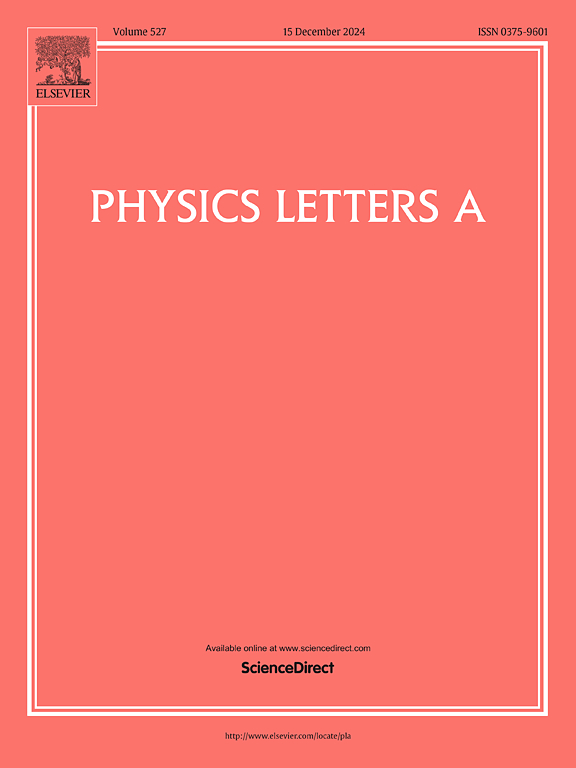Identifying percolation phase transitions with unsupervised learning based on largest clusters
IF 2.3
3区 物理与天体物理
Q2 PHYSICS, MULTIDISCIPLINARY
引用次数: 0
Abstract
The application of machine learning in the study of phase transitions has achieved remarkable success in both equilibrium and non-equilibrium systems. It is widely recognized that unsupervised learning can retrieve phase transition information through hidden variables. However, using unsupervised methods to identify the critical point of percolation models has remained an intriguing challenge. This paper suggests that, by inputting the largest cluster rather than the original configuration into the learning model, unsupervised learning can indeed predict the critical point of the percolation model. Furthermore, we observe that when the largest cluster configuration is randomly shuffled—altering the positions of occupied sites or bonds—there is no significant difference in the output compared to learning the largest cluster configuration directly. This finding suggests a more general principle: unsupervised learning primarily captures particle density, or more specifically, occupied site density. However, shuffling does impact the formation of the largest cluster, which is directly related to phase transitions. As randomness increases, we observe that the correlation length tends to decrease, providing direct evidence of this relationship. We also propose a method called Fake Finite Size Scaling (FFSS) to calculate the critical value, which improves the accuracy of fitting to a great extent.
求助全文
约1分钟内获得全文
求助全文
来源期刊

Physics Letters A
物理-物理:综合
CiteScore
5.10
自引率
3.80%
发文量
493
审稿时长
30 days
期刊介绍:
Physics Letters A offers an exciting publication outlet for novel and frontier physics. It encourages the submission of new research on: condensed matter physics, theoretical physics, nonlinear science, statistical physics, mathematical and computational physics, general and cross-disciplinary physics (including foundations), atomic, molecular and cluster physics, plasma and fluid physics, optical physics, biological physics and nanoscience. No articles on High Energy and Nuclear Physics are published in Physics Letters A. The journal''s high standard and wide dissemination ensures a broad readership amongst the physics community. Rapid publication times and flexible length restrictions give Physics Letters A the edge over other journals in the field.
 求助内容:
求助内容: 应助结果提醒方式:
应助结果提醒方式:


